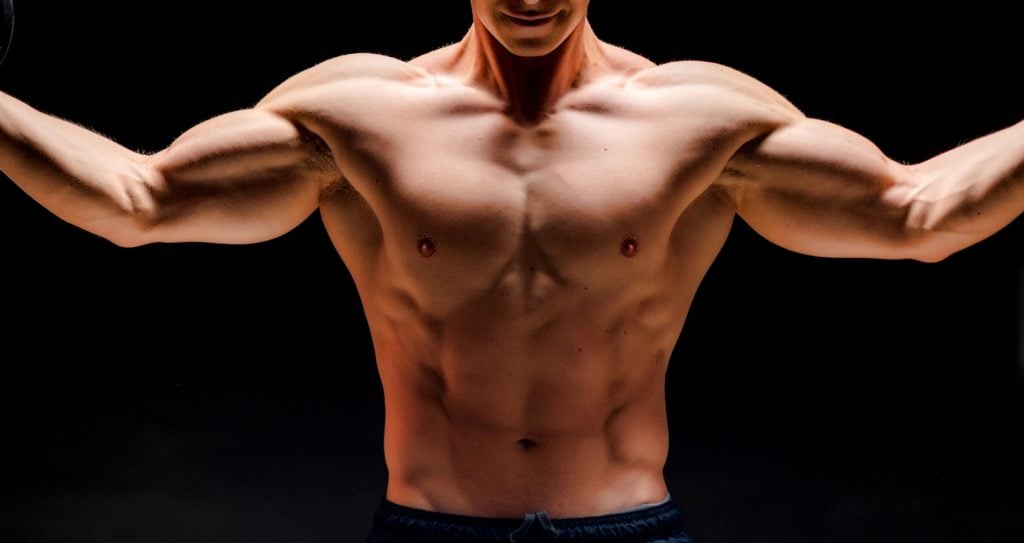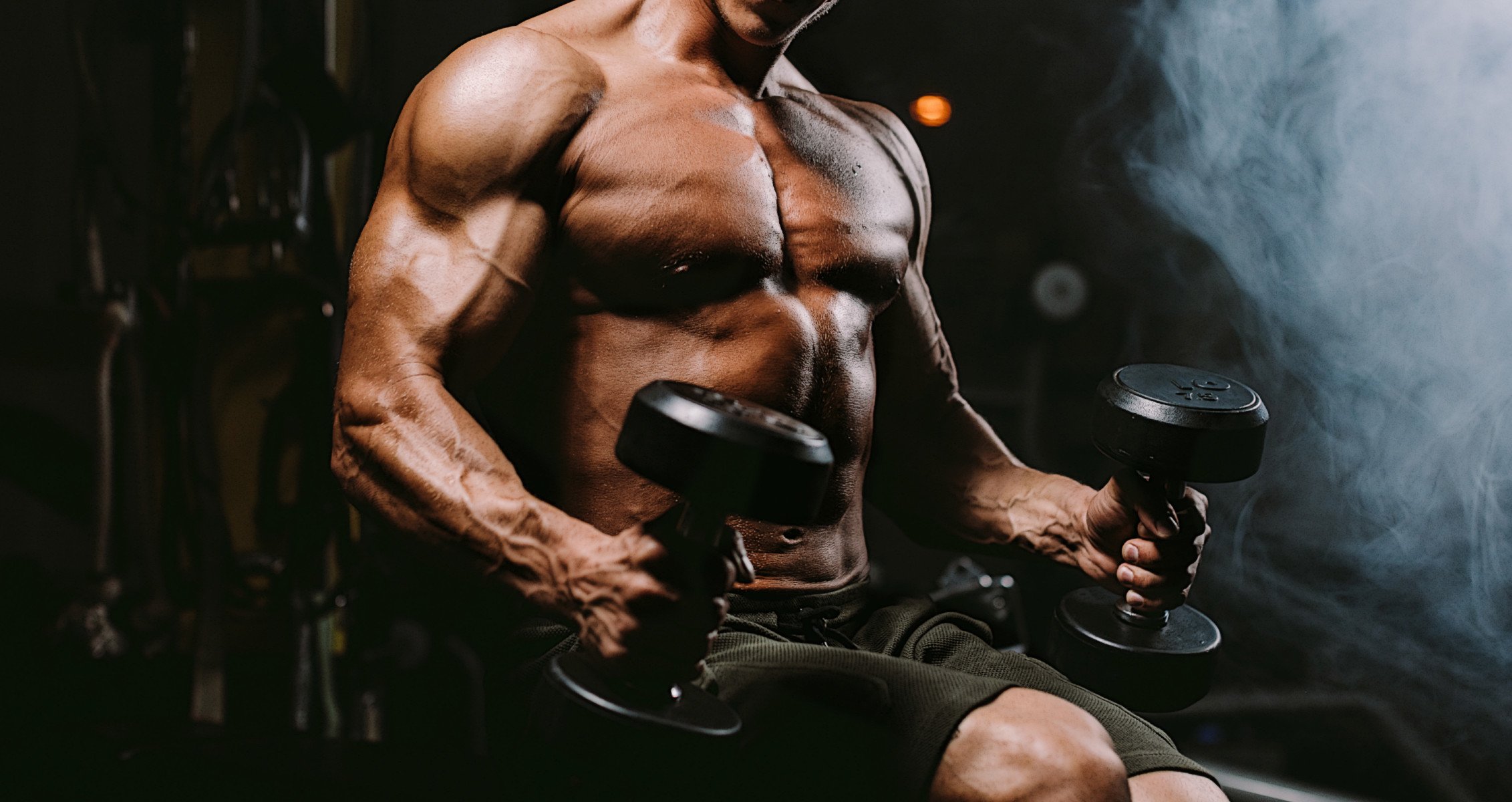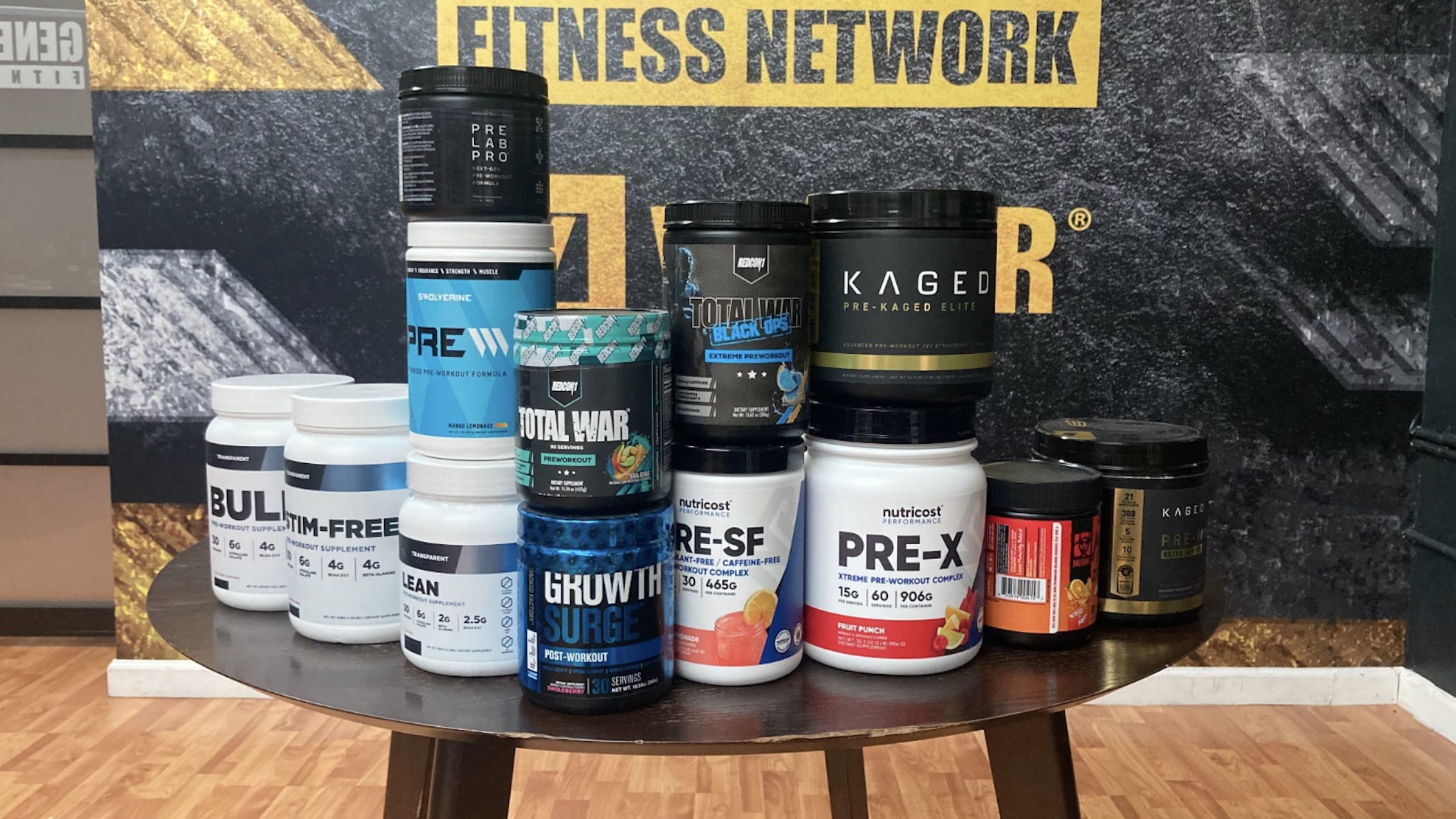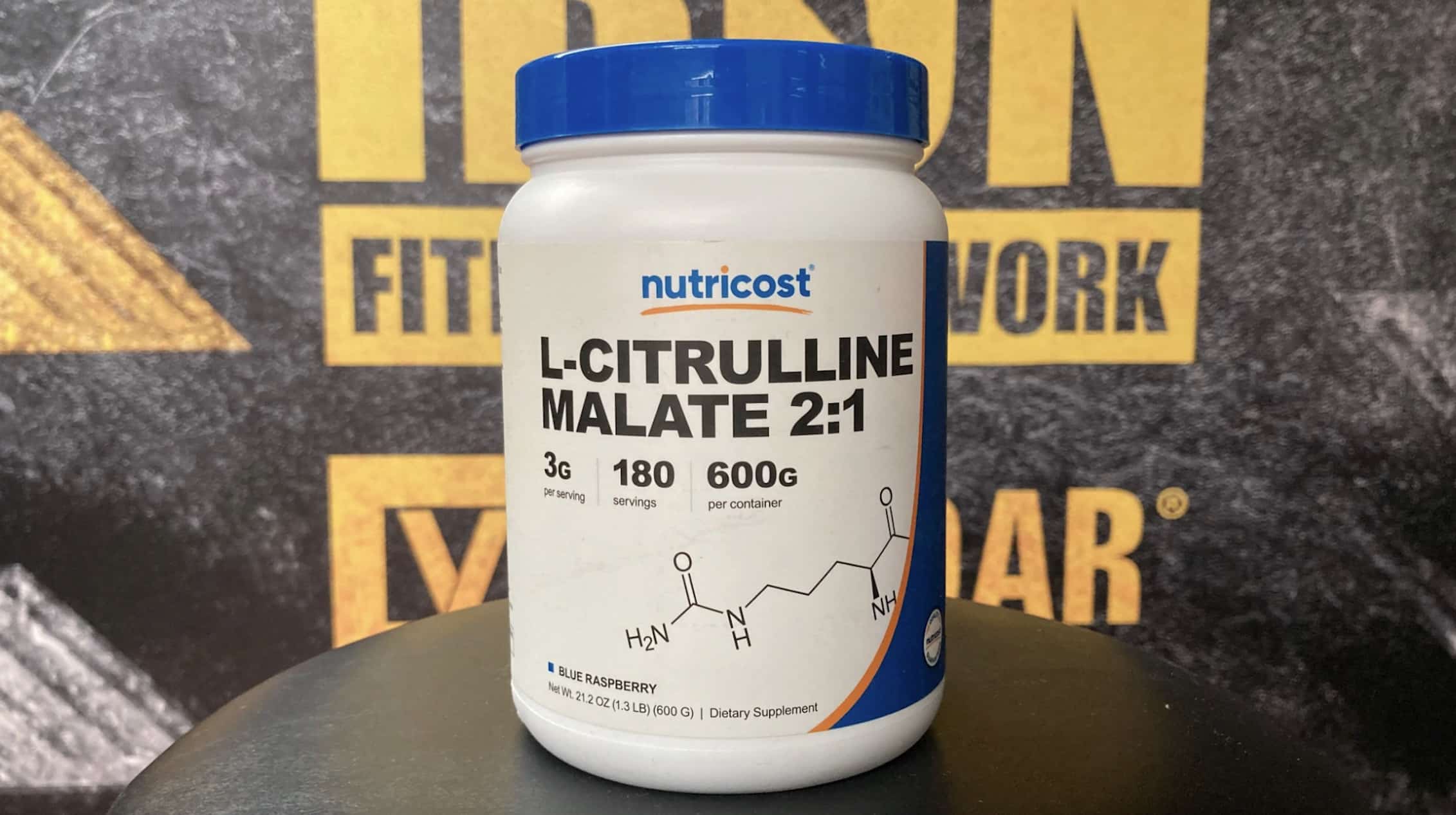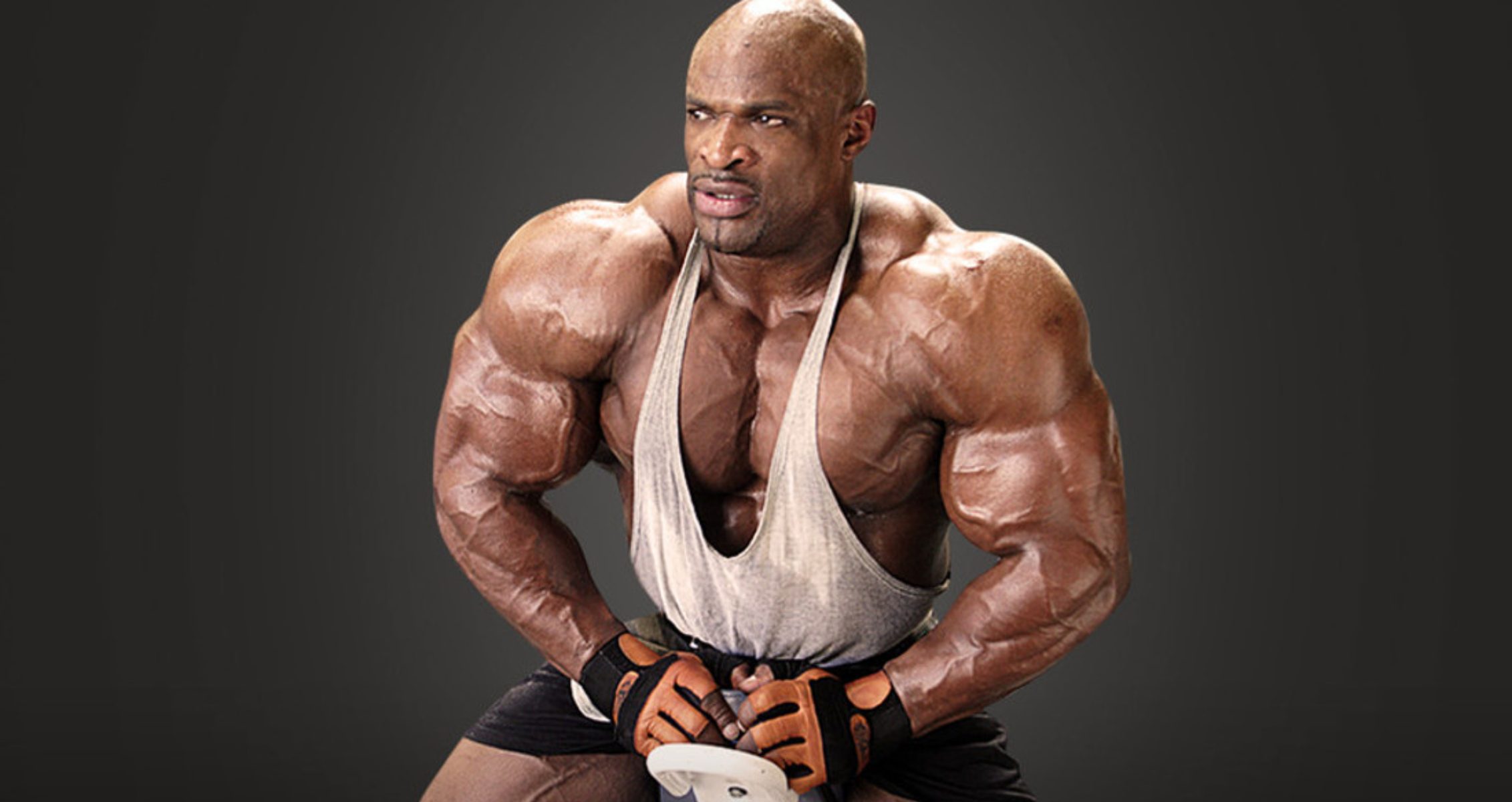What are the 3 Types of Muscle? – Examples and Muscle Anatomy 101 for Bodybuilders
You’re probably reading this here because you want to know how to make your muscles grow. You want to be bigger and stronger. Most athletes do, and in order to grow, it helps to have an understanding of the three main types of muscle in the human body. Whilst building muscle can often be simplified or at least seem simple, lift heavy shit and eat lots, your muscles are pretty complex.
For anyone looking to take their training to the next level, a basic understanding of types of muscle tissue can help, especially when it comes to skeletal muscle tissue (where gains appear).
Characteristics of Muscle Tissue
If you’re throwing up weight doing some shoulder presses, you require certain muscles to contract and some lengthen. To do this they have to response to the stimuli given to them by your brain, via the release of ATP triggers a biomechanical reaction.
When you drop the weights, or stick them back on the rack, your muscle will relax and return near enough to it’s original size and shape over a period of time.
So, in order to successfully perform the shoulder press you just did your muscles need 4 key characteristics:
Contractility – The ability to shorten / contract
Extensibility – The ability to stretch and lengthen
Elasticity- The ability to return to their original size and shape
Excitability – The ability to respond to stimuli from the nervous system
These characteristics make muscle …muscle, and the give you the godly power to grow them through hypertrophy.
Types of Muscle Tissue
The three types of muscle that you’ll find in your body are:
Cardiac Muscle (myocardium) – Heart
Skeletal Muscle – Biceps
Smooth Muscle – Digestive Organs
Obviously, this is a very simple answer. And to really understand which is which it helps to have an understanding of the differences between them. You’re heart isn’t made up of the same muscle as your pecs after all. And if you switched out your glutes with your lower intestine, you’d have very little chance of; A) squatting any weight B) being alive at all.
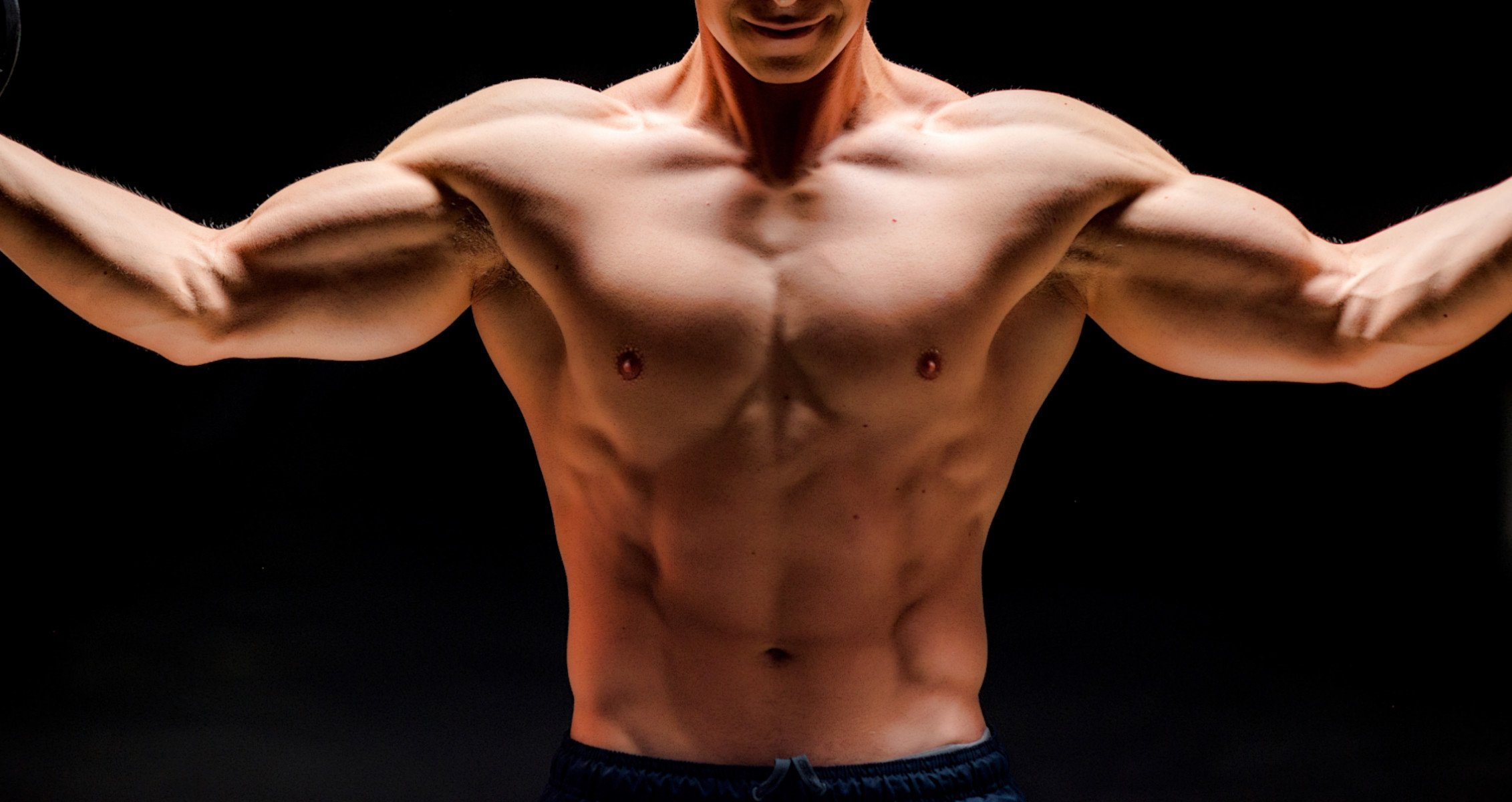
Cardiac muscle makes up a large amount of the tissue in your heart. And is responsible for keeping you alive and working to deliver blood around the body.
Cardiac muscle is moved involuntarily when your heart pumps blood around your body. It’s a form of striated muscle that forms the main walls of the heart and is moved involuntarily, unlike skeletal muscle.
One major difference between your cardiac muscle and skeletal muscle is your cardiac muscle contracts due to electric stimulation (cardiac action potential), this causes a release of calcium from the muscle cells calcium store. This release of calcium causes the cells myofilaments (moving parts) to move past each other, in a similar motion to an upturned wave, which contact or shorten the muscle in a movement not dissimilar to the way your skeletal muscle can contract.
Smooth Muscle Explained
Next to cardiac muscle, you have smooth muscle. One of the biggest examples of smooth muscle is your digestive system. Smooth muscle, much like cardiac muscle is moved involuntarily.
Smooth muscle is divided into two groups; single unit and multinit smooth muscle.
Single unit smooth muscle is the most common in the body, which means when it contacts, the whole muscle contacts. And the same goes for relaxes.
It’s this action that can help processes like digestion and urinary tract.
Now you can go deep into science here, in the interests of not dragging you further down the whole, like being swallowed by your trachea (comprised of multi-unit smooth muscle) we’d get onto skeletal muscle.
Skeletal Muscle Explained
Skeletal muscle makes up 640 muscles in the human body and is comprised of striped muscle tissue. Skeletal muscle allows you to move voluntarily, and uses ATP or adenosine triphosphate as energy.
Whilst skeletal muscle is elastic, it can also be pulled too far and either tear or be permanently damaged. This can happen with overloading or poor form in the weights room. Whilst damage is often the driving factor behind hypertrophy (there’s still some debate in this area) it’s important to allow damaged muscles time to recover.
Skeletal muscle is generally anchored to the bone at the tendon. The point where the muscle is fixed closet the center line of your body is referred to as the proximal attachment, with the end of the muscle that’s attached to the bone that moves the distal attachment.
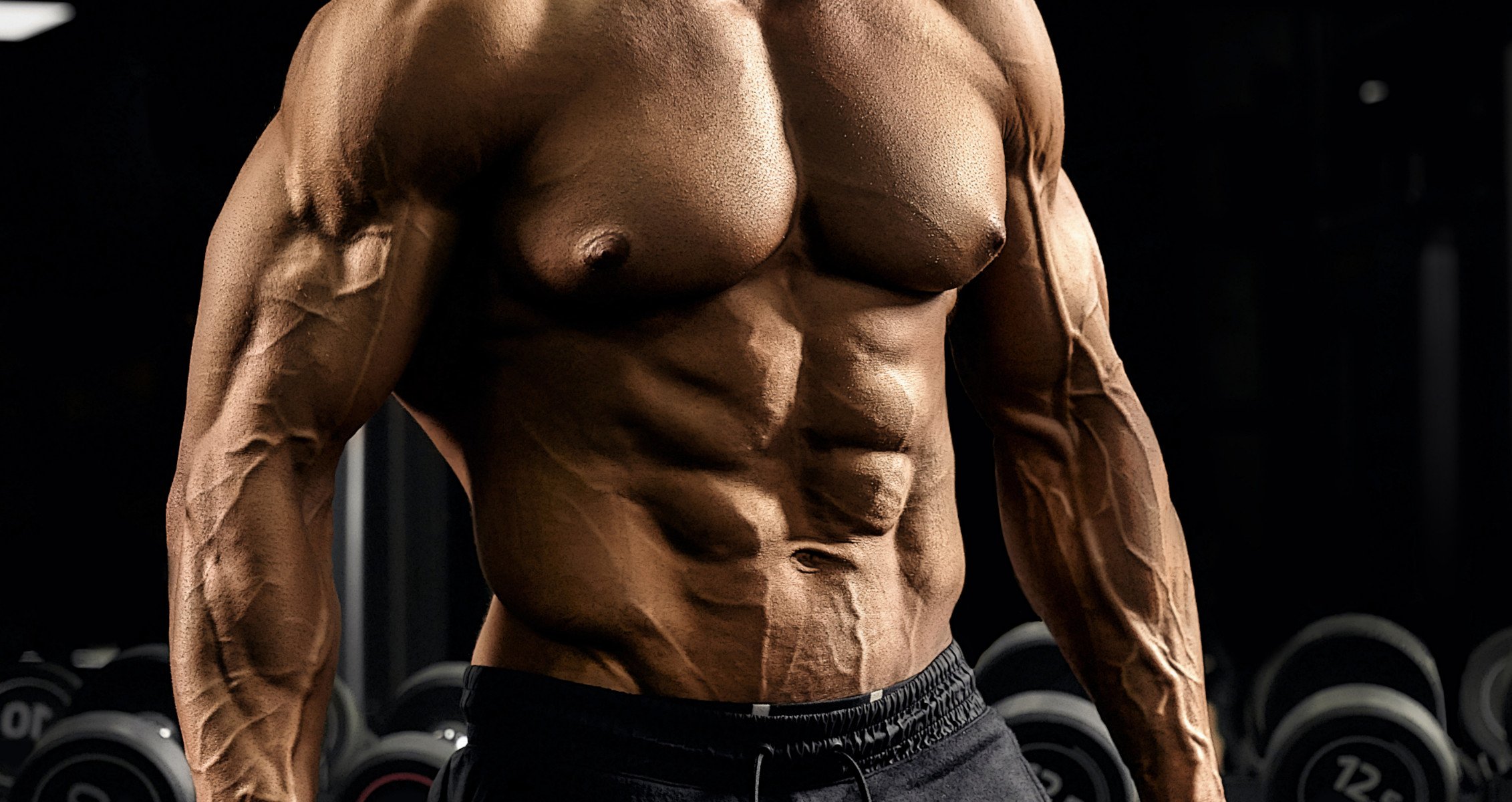
Fast Twitch (Type 2)
Slow Twitch (Type 1)
Everyone has a mixture of both, and this mixture depends on your genetics and your heredity. Obviously though, the type of training you do has an impact on whether you develop either type.
Slow Twitch Muscle Fibers
Slow twitch muscle fibers have a higher blood flow, more mitochondria and appear red in color compared to fast twitch. Generally slow twitch muscle is used for posture and endurance type activities. This is because they are resistant to fatigue. They also facilitate longer term contractions, again aligning with their ability to support posture.
Fast Twitch Muscle Fibres
Fast Twitch muscle fibres actually appear white in colour and are used for resistance based movements. They fatigue faster than slow twitch and have less of a blood flow and fewer mitochondria. Under the fast twitch fibers sits the intermediate muscle fibres, which as well as being a fast twitch fibre can also adapt to work as slow twitch. Depending on the type of training your are doing.
Types of Muscle Explained Wrapping Up
We’ve just scratched the surface of the three different types of muscle (cardiac, smooth and skeletal) you have in your body. But above are the fundamental differences.
If you’re a bodybuilder, it makes sense for you to read up on Skeletal muscle. As this is the type of tissue which you need to force to adapt though hypertrophy.
We’ll be going deep into Skeletal Muscle Tissue in another post soon, until then check out our other workout posts here.
